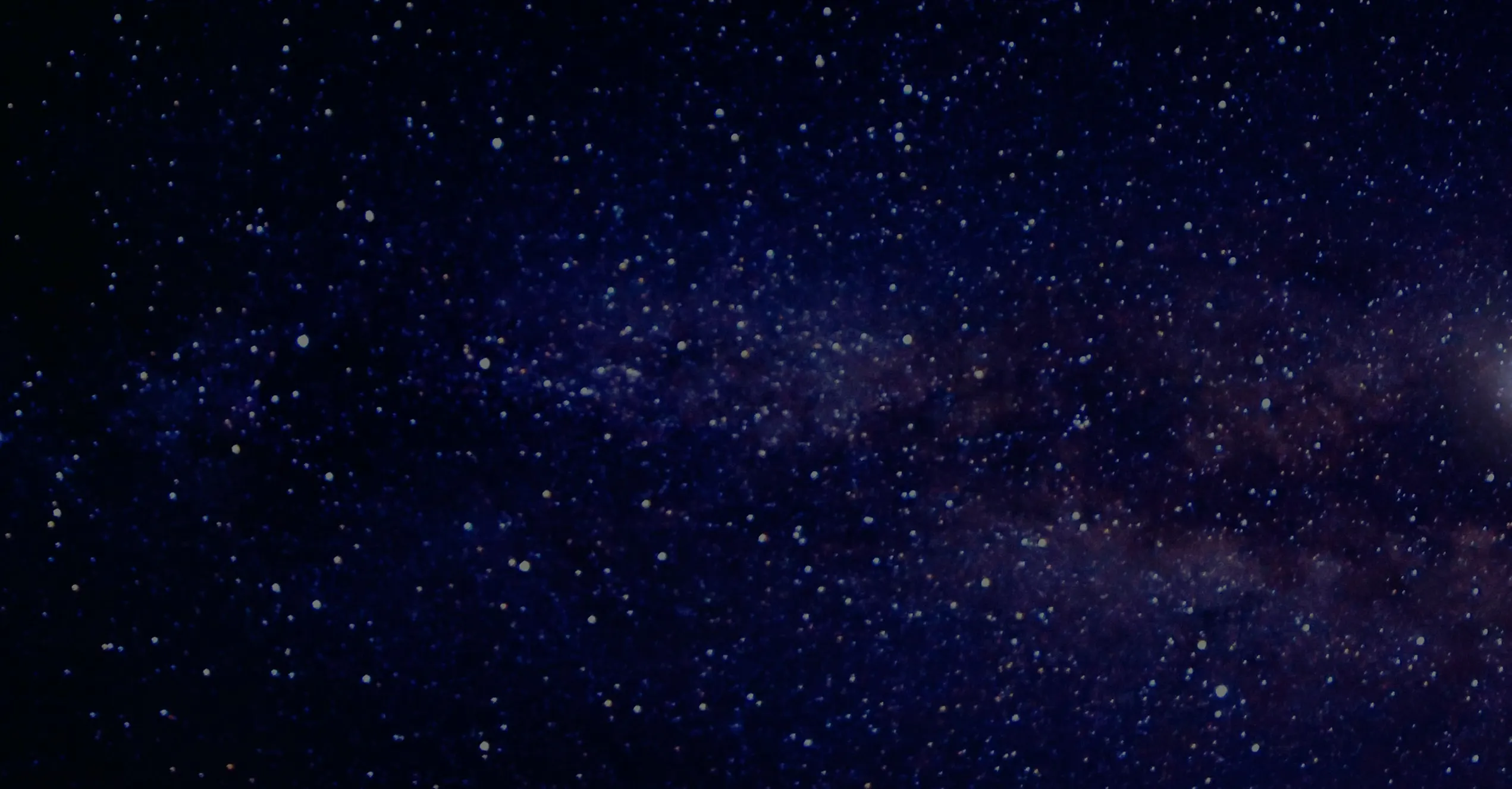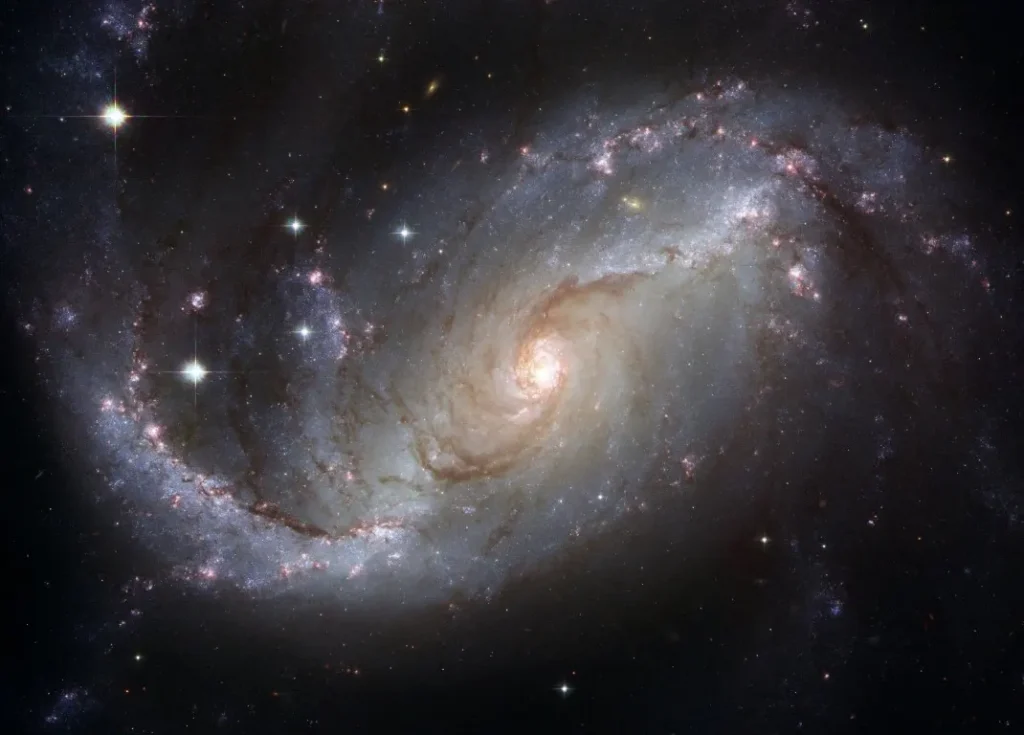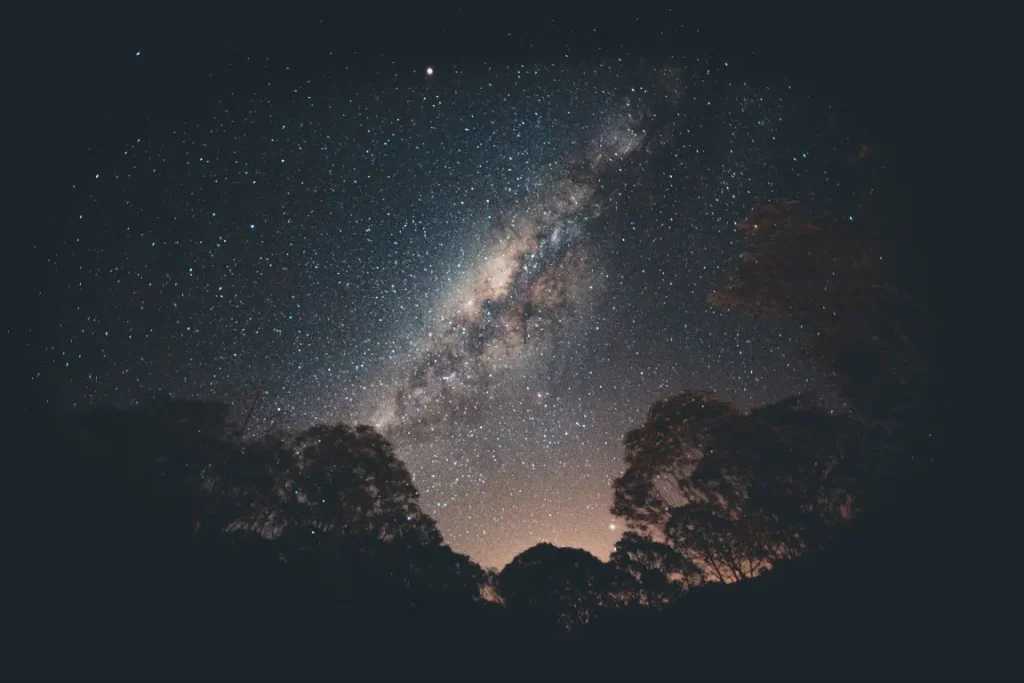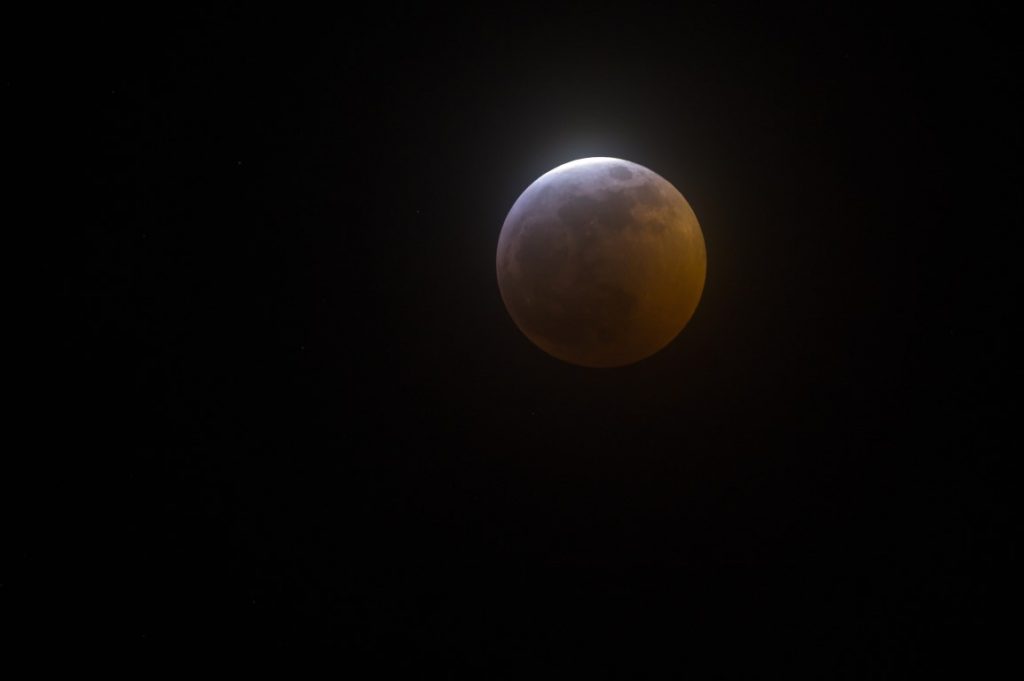
Astrophotography captures the cosmos’ beauty, with calibration frames playing a pivotal role in enhancing image quality.
This guide explores the importance of calibration frames, providing insights into their effective use in your astrophotography journey.
Whether you’re a seasoned Astro photographer or a beginner, this article aims to equip you with practical tips and a deeper understanding of calibration frames, helping you step closer to capturing the perfect cosmic image.
Understanding Calibration Frames in Astrophotography
Calibration frames are a set of images that astrophotographers use to improve the quality of their final images. They are not pictures of celestial objects, but rather, they are technical images that help to correct for various types of distortions and noise that can occur during the image capturing process.
There are three main types of calibration frames used in astrophotography: Bias Frames, Dark Frames, and Flat Frames. Each type serves a unique purpose and helps to correct a specific kind of distortion or noise.
Bias Frames are used to correct for the electronic noise of the camera. This is the noise that the camera sensor produces even when it is not exposed to any light.
Dark Frames are used to correct for thermal noise. This is the noise that builds up over time as the camera sensor heats up during long exposures.
Flat Frames are used to correct for optical distortions and uneven field illumination. These can be caused by dust on the sensor or lens, vignetting, and other factors.
You can watch following tutorial video to get more understanding on calibration frames in astrophotography
The Role of Bias Frames in Astrophotography
Bias frames are an integral part of the astrophotography process, playing a crucial role in calibrating the sensor camera’s readout noise. But what exactly is readout noise, and how do bias frames help? Let’s delve deeper.
Readout noise is a type of electronic noise that occurs when the data from the sensor is read and converted into an image. This noise is inherent in all digital cameras and is present even when no light hits the sensor. It appears as a grainy pattern that can obscure the fine details in your astrophotography images.
This is where bias frames come in. A bias frame is essentially a snapshot of your camera’s readout noise. It’s the shortest possible exposure your camera can take, with the lens cap on to ensure no light enters. The resulting image captures the pattern of the readout noise.
To create an effective bias frame, you’ll need to capture multiple bias frames – around 15 to 20 should suffice. The reason for capturing multiple frames is to average out any random noise and isolate the consistent pattern of the readout noise.
If you watch the below tutorial video you can get more idea about bias frames in astrophotography
Once you have your set of bias frames, you can average them to create a ‘master bias frame’. This master frame represents the consistent pattern of your camera’s readout noise. By subtracting this master bias frame from your light frames (the images of your celestial objects), you can effectively reduce the readout noise in your final image.
In essence, bias frames are a powerful tool for enhancing the clarity and detail of your astrophotography images. By understanding and effectively using bias frames, you can take a significant step towards capturing the cosmos in all its breathtaking detail.
The Importance of Dark Frames for Astrophotography
In the realm of astrophotography, dark frames are instrumental in mitigating a common challenge – thermal noise.
This type of noise builds up over time as the camera sensor heats up during long exposures, potentially marring the clarity of our celestial captures.
Let’s explore how dark frames help us combat this issue and how to effectively capture them.
Thermal noise manifests as randomly occurring bright pixels, often referred to as ‘hot pixels’. These can be particularly noticeable in long-exposure astrophotography, where the sensor has ample time to heat up. Dark frames are our solution to this problem.
A dark frame is an image taken with the same exposure length and temperature as your light frames (your main images), but with the lens cap on to block all light. This allows the dark frame to capture the pattern of thermal noise produced by the sensor under those specific conditions.
To create an effective dark frame, follow these steps:
- Set the same exposure length and temperature: Ensure your camera settings match those of your light frames. This is crucial as thermal noise varies with these parameters.
- Block all light: Put the lens cap on or cover the telescope to prevent any light from hitting the sensor.
- Capture multiple dark frames: Just like with bias frames, capturing multiple dark frames (around 15-20) allows you to average out random noise and isolate the consistent pattern of thermal noise.
- Create a master dark frame: Average your set of dark frames to create a ‘master dark frame’. This represents the consistent thermal noise pattern under your specific conditions.
By subtracting this master dark frame from your light frames, you can effectively reduce thermal noise, enhancing the clarity and detail of your final image.
In conclusion, dark frames are a vital tool in the astrophotographer’s arsenal, helping to ensure that our images of the cosmos are as clear and noise-free as possible. By understanding and effectively using dark frames, we can truly do justice to the breathtaking beauty of the night sky.
Utilizing Flat Frames in Astrophotography
Flat frames are another essential tool in the astrophotographer’s toolkit, playing a crucial role in correcting optical imperfections and ensuring an evenly illuminated final image.
Let’s delve into the world of flat frames and understand their importance in astrophotography.
Flat frames are images of an evenly illuminated white field, such as a twilight sky or a white screen. They help correct for optical distortions and uneven field illumination caused by factors like dust on the sensor or lens, vignetting, and other optical anomalies.
By dividing your light frames (after bias and dark subtraction) by a master flat frame, you can correct these issues and ensure an evenly illuminated final image.
Here are some tips and best practices for capturing effective flat frames:
- Ensure Even Illumination:
The key to a good flat frame is even illumination across the entire field of view. This can be achieved by pointing your telescope at a uniformly lit white screen or the twilight sky.
- Set the Correct Exposure:
The exposure for your flat frames should be such that the histogram of the image is centered. This typically means a relatively short exposure, but it will depend on your specific camera and telescope setup.
- Capture Multiple Flat Frames:
As with bias and dark frames, capturing multiple flat frames (around 15-20) allows you to average out random noise and isolate the consistent pattern of optical distortions and uneven illumination.
- Create a Master Flat Frame:
Average your set of flat frames to create a ‘master flat frame’. This represents the consistent pattern of optical distortions and uneven illumination under your specific conditions.
Moreover, by referring to the tutorial video below, you can get a better idea about flat frames in astrophotography
By understanding and effectively using flat frames, you can significantly enhance the quality of your astrophotography images, correcting for optical imperfections and ensuring an evenly illuminated final image.
This is yet another step towards capturing the breathtaking beauty of the cosmos in all its glory.
Image Stacking in Astrophotography
Image stacking is a fundamental process in astrophotography, where multiple light frames are combined to create a single, high-quality image. Calibration frames – bias, dark, and flat frames – play a crucial role in this process, helping to correct for various types of noise and distortions before the stacking process begins.
In essence, image stacking works by aligning and averaging multiple light frames to enhance the signal-to-noise ratio. This means that the details of the celestial object you’re photographing (the signal) are enhanced, while random noise is reduced. The more light frames you stack, the better the signal-to-noise ratio, and the clearer and more detailed your final image will be.
Before stacking your light frames, it’s important to preprocess them using your calibration frames. This involves subtracting your master bias and dark frames from your light frames to correct for readout and thermal noise, and then dividing by your master flat frame to correct for optical distortions and uneven illumination.
Once your light frames have been preprocessed, they can be aligned and stacked using astrophotography software. There are several software options available for this, including:
A popular free software that’s great for beginners. It offers a user-friendly interface and a comprehensive set of features for stacking and post-processing.
- Astro Pixel Processor (APP):
A more advanced software that offers a wide range of features for stacking and post-processing, including gradient removal and light pollution correction.
A professional-grade software that offers a vast array of tools for stacking and post-processing. It has a steeper learning curve but is highly regarded in the astrophotography community for its powerful capabilities.
Each of these software options has its own process for stacking images, but generally, it involves loading your preprocessed light frames, aligning them based on the stars in the images, and then averaging them to create a final stacked image.
Reducing Noise in Astrophotography with Calibration Frames
In the quest for capturing the perfect celestial image, one of the biggest challenges astrophotographers face is noise.
Noise can manifest in various forms, from grainy patterns obscuring fine details to bright pixels marring the image’s clarity. Calibration frames – bias, dark, and flat frames – are our key allies in combating this noise.
Bias Frames help us tackle readout noise, the electronic noise inherent in all digital cameras. By capturing the pattern of this noise and subtracting it from our main images, we can significantly reduce the grainy noise in our final image.
Dark Frames are our solution to thermal noise, which builds up as the camera sensor heats up during long exposures. By capturing the pattern of thermal noise under specific conditions and subtracting it from our main images, we can effectively reduce thermal noise.
Flat Frames help correct optical distortions and uneven field illumination caused by factors like dust on the sensor or lens, vignetting, and other optical anomalies. By dividing our main images by a master flat frame, we can correct these issues and ensure an evenly illuminated final image.
Here are some tips on how to effectively use calibration frames for noise reduction:
- Capture Multiple Frames:
The more calibration frames you capture, the better you can isolate the consistent pattern of noise or distortion. Aim for around 15-20 frames of each type.
- Match Conditions for Dark Frames:
Ensure your dark frames are captured with the same exposure length and temperature as your light frames, as thermal noise varies with these parameters.
- Ensure Even Illumination for Flat Frames:
Point your telescope at a uniformly lit white screen or the twilight sky to ensure even illumination across the entire field of view.
- Preprocess Your Light Frames:
Before stacking your light frames, subtract your master bias and dark frames, and divide by your master flat frame to correct for all types of noise and distortions.
By understanding and effectively using calibration frames, you can significantly enhance the quality of your astrophotography images, reducing noise and capturing the breathtaking beauty of the cosmos in all its glory.
Moreover, by referring to my previous article on astrophotography noise reduction, you can get a better idea about the noise reduction procedure in astrophotography.
Conclusion
Astrophotography offers a mesmerizing window into the cosmos, capturing celestial wonders in stunning detail.
Calibration frames—bias, dark, and flat frames—are indispensable tools in this endeavor, ensuring clarity, precision, and noise reduction in every shot. These technical images correct distortions and interferences, enhancing the quality of the final celestial captures.
Whether you’re a novice or a seasoned astrophotographer, understanding and effectively utilizing calibration frames is pivotal. By harnessing their power, we can truly immortalize the awe-inspiring beauty of the universe, bringing the distant stars and galaxies a little closer to home.
Justin Parker is a professional photographer and has been in the industry since 2007. He attended the University of Georgia. Justin combines his passion for photography and his interest in writing to give life to this blog which talks about photography in order to help and inspire young photographers.





